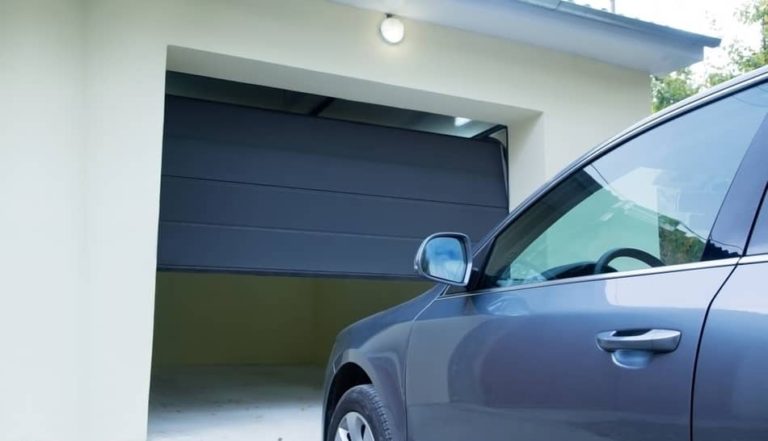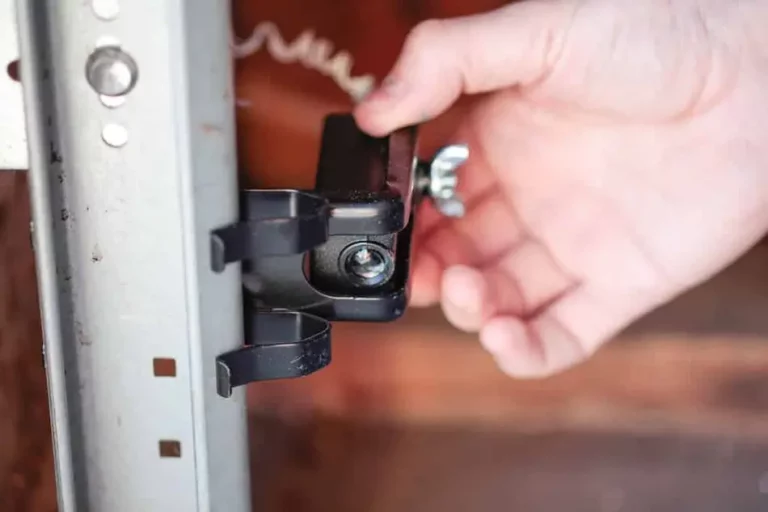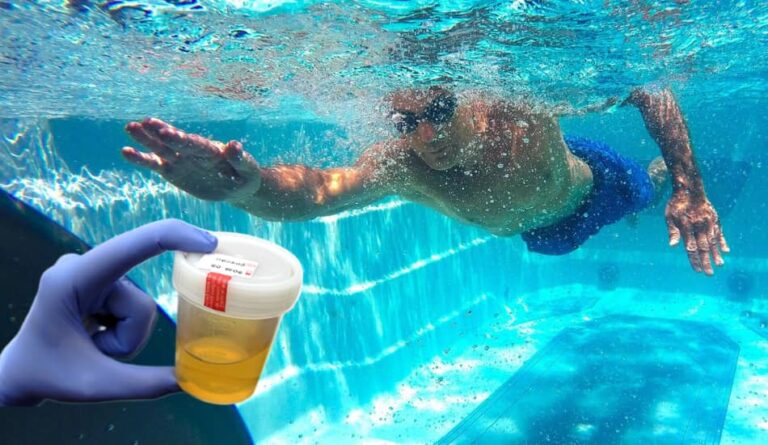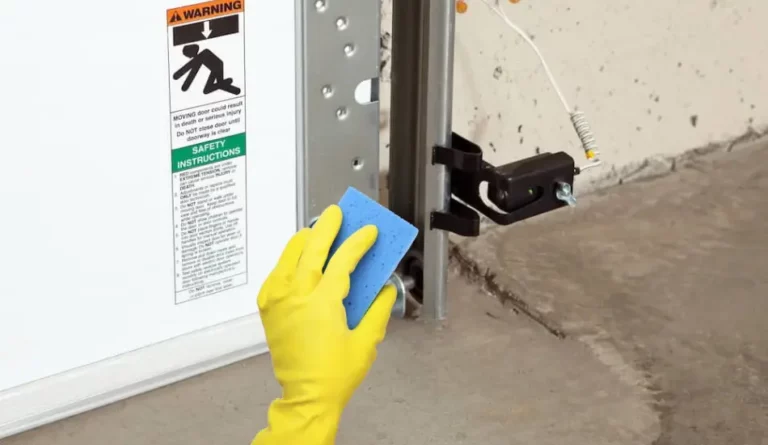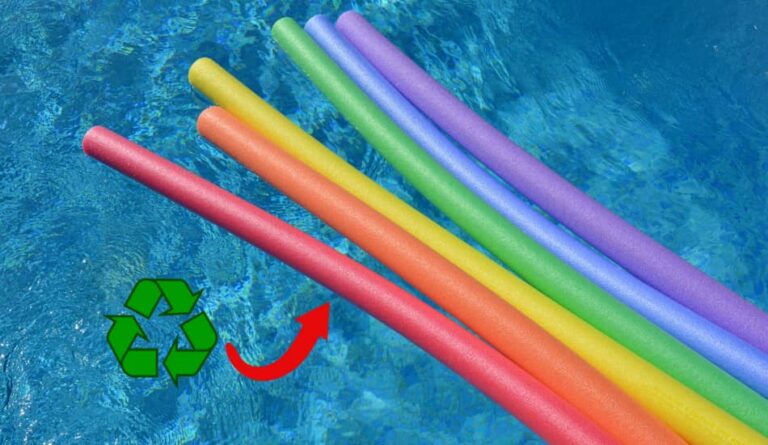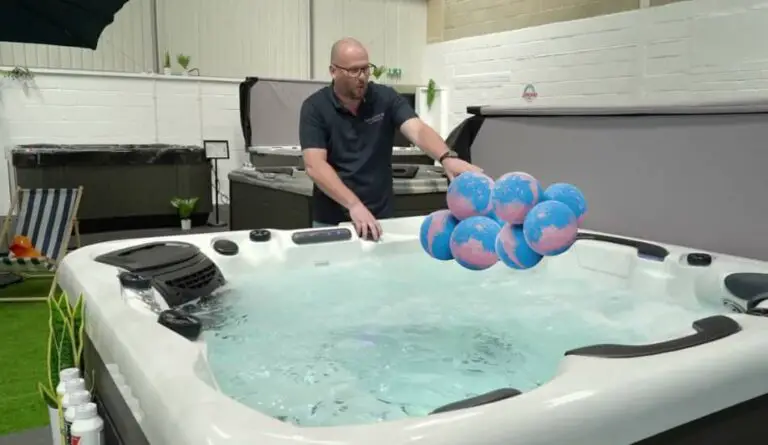How Much Electricity (Power) Does A Hot Tube Use?
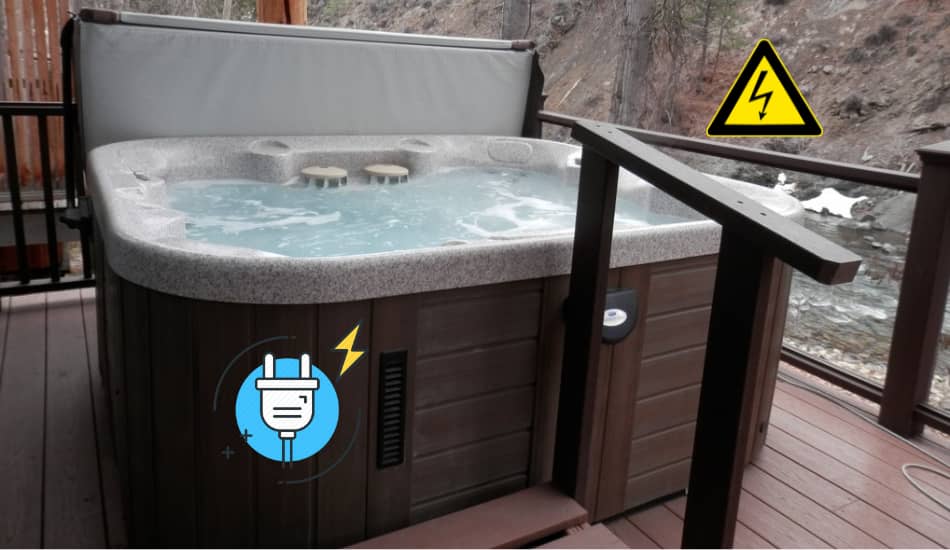
Hot tubs have become increasingly popular, especially recently, when so many different models offer special features. For the hot tub to heat the water and use the bubbles for massage, it needs electricity.
Because of that, users who use these tubs wonder how much power they actually consume. In this article, we’ll talk about that, providing insights into their power usage and tips on saving money. So, let’s start!
How Much Electricity (Power) Does A Hot Tube Use? A hot tub typically uses between 3.5 and 6 kWh of electricity per day, depending on its size, insulation, and how often it is used. Modern hot tubs are more energy-efficient than older models. Electricity usage can vary based on factors like outside temperature, how often it’s used, and the set temperature.
Although the energy consumption of a hot tub depends on factors such as the tub’s size and the room’s temperature, the average hot tub uses about 5 kWh of electricity per day. Although this is not a lot of power compared to other household appliances, there are ways to save electricity. In the next section, we’ll talk more about this.
Table of Contents
How Much Power Does a Hot Tub Use?

Electricity is what powers hot tubs. A hot tub generally consumes between 3.5 and 6 kWh of electricity daily. When you notice the jets that are working in the hot tub, you might assume the hot tub consumes a lot of electricity. However, many of today’s hot tubs are energy-efficient.
Here are the things that affect the energy consumption of a hot tub:
Size Of The Hot Tub
The hot tub’s size plays a role in determining its electricity consumption. Generally, a larger hot tub will draw more power than a smaller model. For larger models, you’ll need more electricity to heat the water and maintain that water at the set temperature.
Hot Tub Insulation
The energy usage of a hot tub is directly impacted by its insulation quality. Good insulation can be found in its structure, outer shell, and plumbing. Notably, popular tub brands are renowned for having great insulation in their hot tubs, ensuring they use energy judiciously.
Hot Tub Cover
A quality cover for your hot tub is as essential as good insulation for energy conservation. A well-made cover ensures the heat remains inside the tub, minimizing the energy needed to keep the water at the desired temperature.
Hot Tub Heater & Components
Different hot tubs come equipped with varying energy-efficient components. For instance, heaters, pumps, and air blowers can differ in efficiency across brands. Opting for hot tubs with high-standard components can make a noticeable difference in your electricity bill.
Related Article: How Much Power (Watts) Does A Water Dispenser Use?
Things That Affect Hot Tub Power Consumption

Besides the features of the hot tub itself, the way you use it can determine its energy consumption. Typically, a hot tub might consume electricity that is around 5 kWh daily. However, the following things can impact the energy use:
- The weather outside (using the hot tub during colder months might require more power)
- How often do you decide to use it
- How long each soaking session lasts
- How long jets are turned on
- Your preferred water temperature
- The rate at which you’re billed for electricity
Calculate Accurate Power Consumption Of a Hot Tub
By using a Kill A Watt meter, you can easily measure the power consumption of any electrical device in your house, including a hot tub. If you don’t have one already, you can order it on Amazon at a very affordable price.
How to use a Kill A Watt meter?
The process is pretty simple. First, plug your device (kill a watt meter) into an electrical outlet and connect your hot tub to it. Turn on the Kill a Wat meter and start using your hot tub.
After you’re done, check how much electricity (kWh) was used on the device. It will show you the exact power that your hot tub uses. Some models will also display the price in dollars.
If you are still not sure how to use this device, then check this YouTube video:
Related Article: How Much Does It Cost to Run a Hot Tub?
How Much Does It Cost To Run A Hot Tub?
Running a hot tub typically costs around $1 per day, although the exact amount can vary based on usage and the model’s energy efficiency. However, it mostly varies and is not always the same because it depends on many factors.
If we use the electricity rate in the United States, which is 23 cents per kWh, and you use a high-efficiency hot tub, the daily expense is roughly around $1 or perhaps a little bit more. This estimation assumes you enjoy your hot tub sessions for around 30 minutes three to four times weekly.
7 Hot Tub Energy-Saving Tips
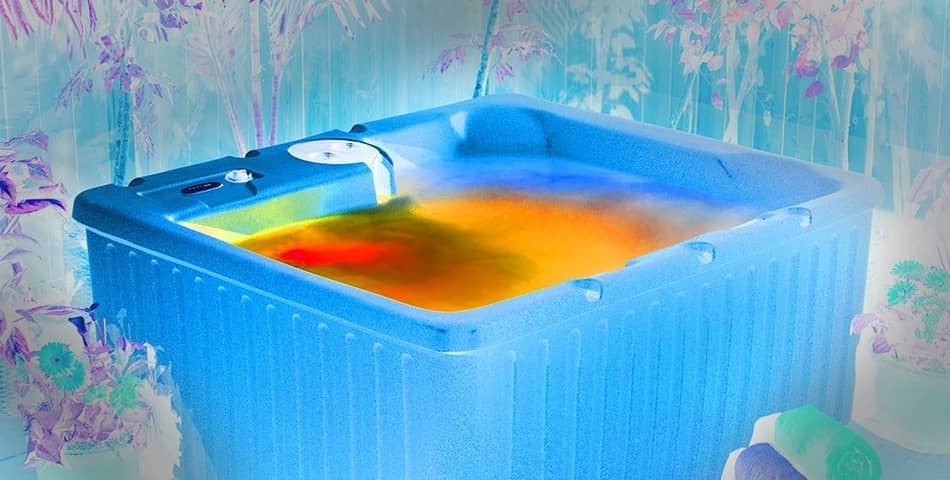
While many modern hot tubs are designed to be energy-efficient, you may still want to cut down on energy usage to save some extra bucks. Here’s how you can further minimize your hot tub’s electricity consumption.
1. Protect Your Hot Tub From the Wind
This applies if your hot tub is located outside. Usually, winds can cause your hot tub to lose heat quickly, demanding more power to warm the water back up. By positioning your hot tub in the right place, you can prevent this.
2. Cover The Hot Tub Properly
Always use an insulating cover on your hot tub. When not using your tub, ensure it’s sealed tightly. This keeps the warmth inside the tub and conserves energy.
3. Use a Lower Temperature Setting
If you’re okay with a slightly cooler temperature in your hot tub, lower the temperature by a few degrees. This becomes especially useful during the warmer months, using less energy.
4. Lower The Temperature When You Go Away
If you’re heading out for a holiday or know you won’t be using the hot tub for some weeks, consider reducing the temperature to about 30 degrees. However, don’t switch it off entirely.
5. Turn Off Hot Tub Jets
The hot tub can also be used without the jets, which create the feeling of a massage using bubbles. Although you won’t save much by turning them off, the savings will certainly be there.
6. Keep the Hot Tub Filter Clean
The filter ensures your hot tub stays clean, but it also needs cleaning for it to function effectively. Regular maintenance of the filter ensures efficient operation, so clean it often and replace it when necessary.
7. Change Energy Providers
The last option that you can do is to change your energy provider. However, this should only be considered if your household’s electricity costs are high.
Should You Run Your Hot Tub All the Time?
Do you know how we’re often reminded to switch off lights or gadgets when not in use? Well, hot tubs don’t exactly fit into that category.
It’s usually recommended to keep your hot tub running constantly instead of frequently shutting it off and then turning it back on. When you try to warm up the tub water from a cold state, the heater has to use more power, which means it uses more electricity than if it’s simply keeping the water’s steady warmth.
Related Article: Hot Tub Jets Won’t Turn Off? 2 Main Reasons
FAQ: People Also Ask
Does Turning Down a Hot Tub Save Money?
Lowering the temperature of your hot tub can lead to small savings on your energy bills, especially with older models. However, newer hot tubs are already designed for energy efficiency, so the impact on your bills might be small.
Should You Upgrade Hot Tub to Reduce My Electric Bill?
If you have a hot tub that’s over a decade old, upgrading to a newer, energy-efficient model can be a cost-effective way to lower your monthly electric bill.
Final Thoughts
Hot tubs, while offering relaxation and leisure, do consume only a small amount of electricity. On average, they use between 3.5 and 6 kWh of electricity daily, influenced by factors such as size, insulation, and frequency of use.
Modern designs tend to be more energy-efficient, aiming to provide the same experience with less power consumption. However, owners must be aware of this energy use to effectively manage their electricity bills. As technology advances, we can expect even more energy-efficient models in the future. I hope that this article has helped you, and if you have any more questions, feel free to comment below.


